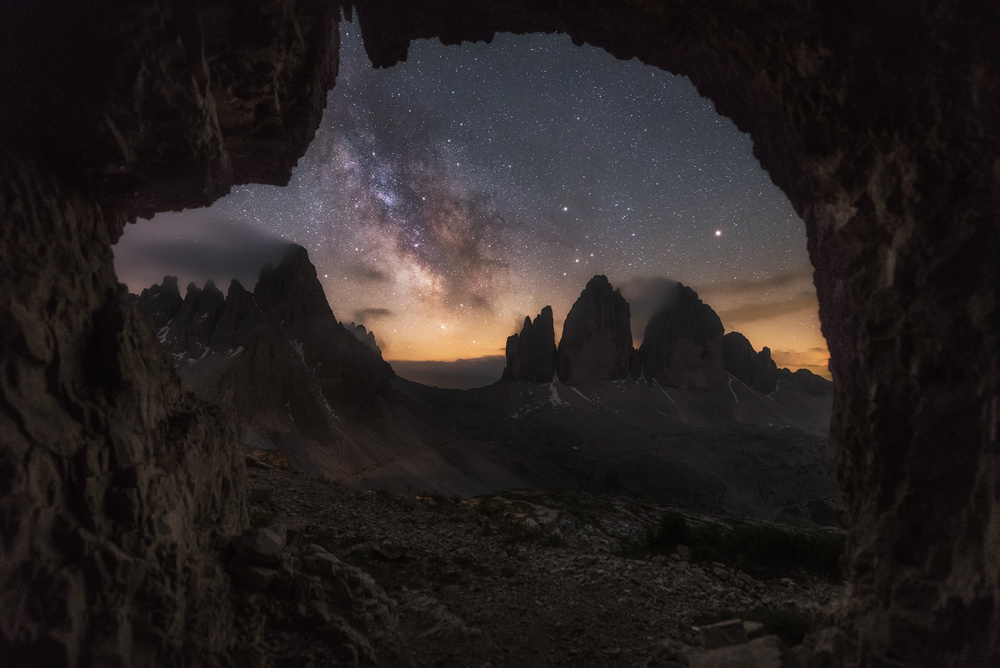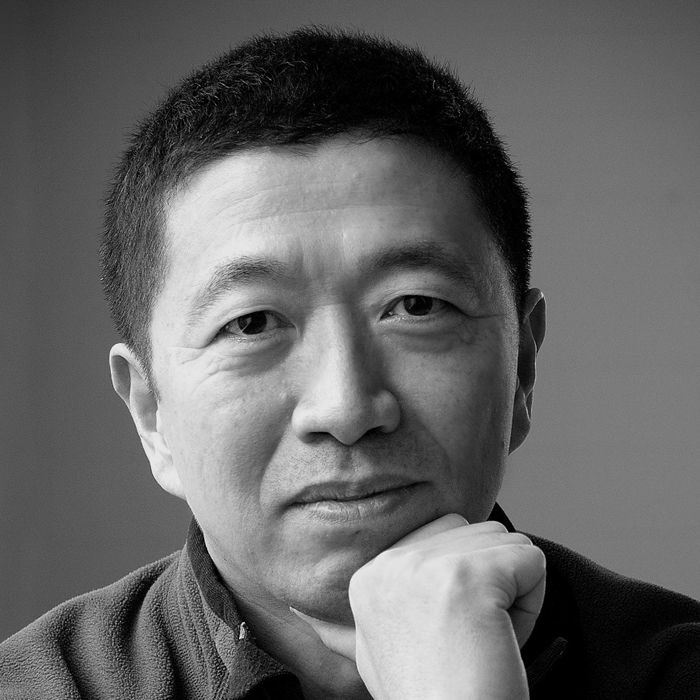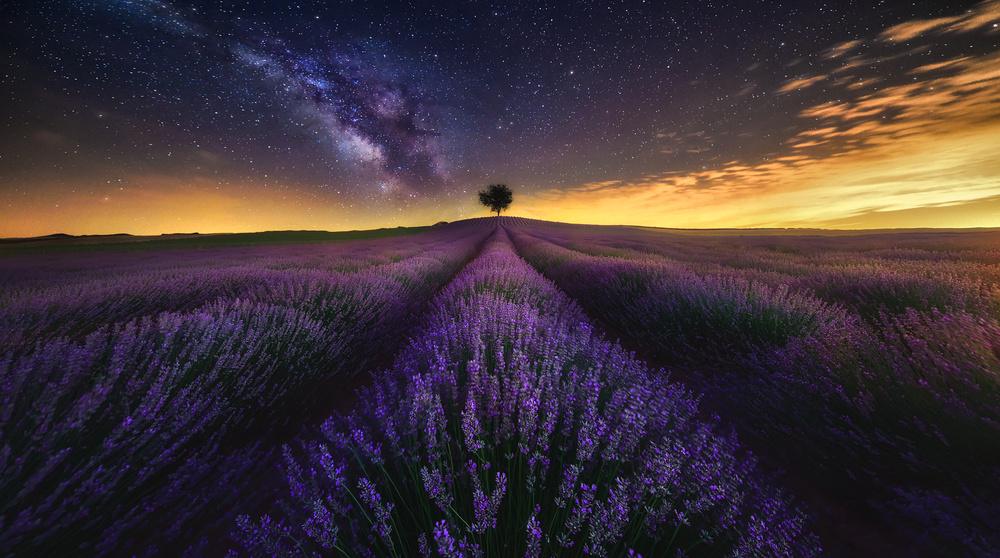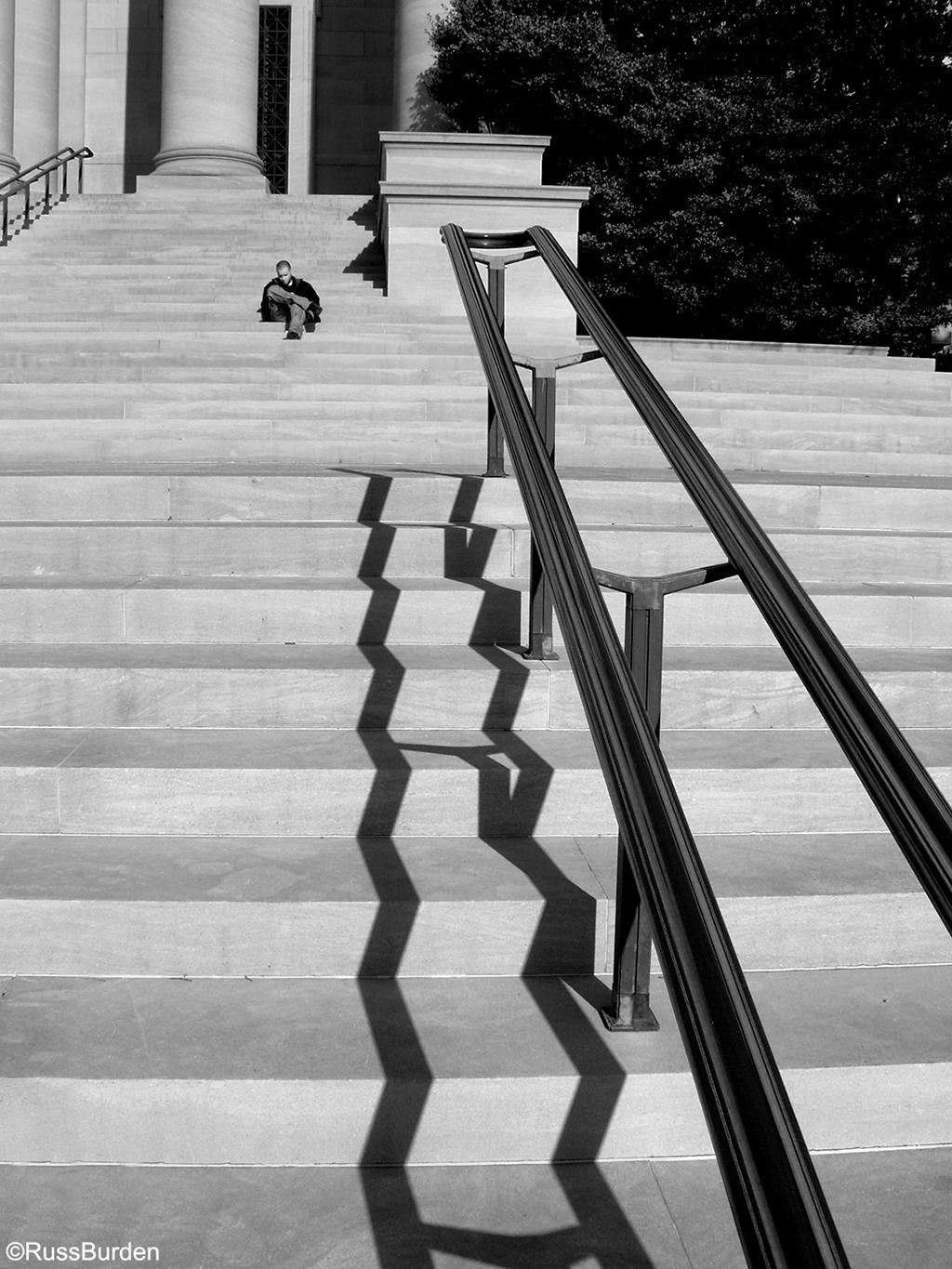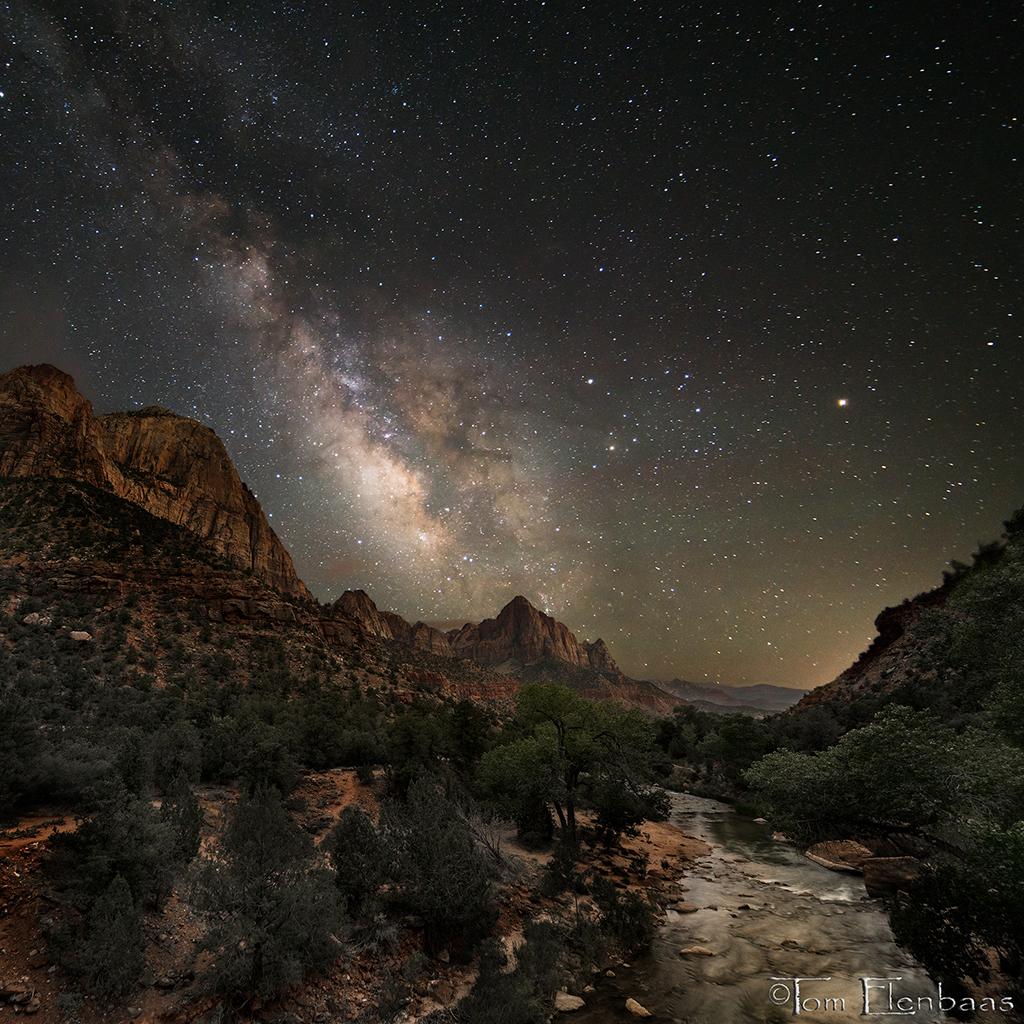Tips & Tricks

Andrei Baciu: Photogralysm, when photography and poetry meet and mix
1x Blog-Tips & TricksWhile an art such as literature seeks through words - the Word, Photography reveals the light within the Light: this is the premise of Andrei Baciu’s visual expression endeavours. Obsessively fascinated by the power with which the photo-graphical art bears testimony that the world is
”good from the viewpoint of its purpose, beautiful as making, complex from the perspective of its existence and spiritual through its very materiality” (quote by Horia Bernea, Romanian painter and thinker),
Andrei does his best to acknowledge the assertion in the quote above.
I invite you to discover in the following more about Andrei and about his passion for photography and literature!
Many thanks for taking the time to participate to this interview and answering my questions, Andrei! To start, can you briefly tell us about yourself, your hobbies and other projects you are involved in?
Thank you too for your interest in my work, Marius! I feel honoured by this interview.
I am born in 1983 and I live in Măgurele, Prahova county, Romania, working as a high-school literature teacher. I photograph mainly on a 100-kilometre radius, on the hilly surroundings of my natal village, where I keep discovering new subjects, including landscapes, people, bridges and horses.
One of the projects I am currently working on is an album about the greatest Romanian poet, Mihai Eminescu. Also, there is a fine art e-book, named ”In a Train Station. A Twelve-Step Meditation” and containing photos and text, which I have recently published on LiterNet.ro, one of the most important Romanian cultural sites.
Which are your most important experiences so far that have influenced your steps in photography?
I am not sure I can point out some distinct experiences, in the sense that everything that I live, photographically and extra-photographically, influences my photography, as it does my life. Yet, there is one moment I can evoke, that is one of my first trips, made actually close to my home, on the hill nearby. Down, in the village, in that November day, everything was covered in fog, but when I got to the top of the hill, I suddenly found myself above this vaporous blanket that covered everything. Only the sun was to be seen, bathing the whole scenery in its golden light. I will never forget this.
What first attracted you to photography and why? What photography genre do you prefer?
As a philologist, I feel somewhat disappointed in words. Or, more precisely, not in words as such, but in the way they are currently used. We ignore their profound, divine meaning and power and contaminate them all too often with our mundane paradigms and interests. On the other hand, photography is a lot purer and calls things by their true(er) name, in the sense that it has the ability – as amazing, as it is gentle – to help us perceive existence at a deeper, cleaner level. As God meant it to be, I dare say.
As for the preferred genres, I am open to most of them, since they all have the fascinating ability to reveal something about the world, both about the one perceivable with the physical eyes and about the one perceivable with the inner, spiritual eyes.
Can you please shortly describe your overall photographic vision?
My view is that, as I wrote on my site, there is no border between photography and poetry. Photography is, just like poetry, full of lyricism. Somewhere, high up, they meet, they mix, they mingle. Photogralysm.
You are also an appreciated books author and you have a PhD in literature. How do photography and literature interact and complement each other for you and how did both influence your photographic vision?
In a mysterious, and yet so natural way, I think. The reason I am fascinated by photography is the same for literature: they both can whisper to us the greatest questions and answers of Life. The most important impact literature has had on my photography is that it has taught me to see beyond the empirical – to use it metaphorically in order to convey higher meanings, more precisely. This is (one of) the key(s), I am sure.
Two of your photographic projects fascinate me the most: “The Life and Happenings around Blejoi Bridge” and “Winterly Haiku”. Can you please tell us was the idea behind each of them and what got you so interested in these projects?
I think of ”The Life and Happenings around Blejoi Bridge” as an extended allegory on existence, I might say. The very fact that a bridge connects two different pieces of land, two different realms, is a symbol of the dual reality of life: the seen and the unseen.
Regarding ”Winterly Haiku”, maybe the most succinct way to characterize it would be that it is an exercise in silence. In the midst of our current busy, all too talkative lives, ”a photo may well fulfil its goal by simply suggesting that, be it from time to time, moving closer to the gentle fields of silence represents a higher wisdom”, as I wrote in the introduction of the project.
Regarding the latter part of your question, i. e. the starting of these projects, I can say they sort of came by themselves. All I did was to simply open myself to the experience of being there and, little by little, things became more and more coherent.
What is more important from your perspective: the mood, the story behind your images, the message transmitted, the composition or the technical perfection?
The emotion they convey. Why? Because my fundamental endeavour is to pass on the emotion I myself felt when the moment that generated the photo had been gifted to me.
Obviously, from another viewpoint, all the elements in the enumeration have their particular role. And they all have to play it right.
What is your relationship to the locations where you are shooting?
The more you love a person or a place, the more you know about them (since you allow them to be free, not burdening them with your own preconceptions, expectations and desires). The more you know about them, the better you can photograph them. I try to abide by this common sense principle.
What is the gear you prefer to use (e.g. camera, lenses, flash)?
I use my trusty old friend, a Canon 40D camera, with these three lenses: Canon 10-22 mm f/3.5-4.5 EF-S, Canon 24-105mm f/4L IS EF and Tamron SP 70-300mm f/4-5.6 Di VC USD.
Do you have specific techniques when shooting your photos you would like to share and recommend?
Sincerely put, I don’t. The technique is only the inherent tool that serves as a means of expressing emotions and ideas. So, when these are clarified in the photographer’s mind and heart, the adequate technique should naturally, instinctually, come to mind.
Can you please generally describe your workflow (e.g. editing, post-processing)?
I open my raw files in Canon’s Digital Photo Professional and, after a few general adjustments, I import the resulted file in Photoshop. Here, I finalize the general adjustments and go on with the local ones, using various tools, including masks and Nik Efex Viveza. Actually, I use most of the excellent Nik Efex plug-ins, mainly Viveza and Silver Efex. Generally, I spend about 90 minutes with the processing of a single photo and, for a long time, I’ve had the impression that this time is required by my various adjustments. Actually, I use most of this time in order to connect with the image and to understand it at the deepest level as possible. It is only when I understand its inner workings that I can do the appropriate adjustments.
What is your most important advice for the beginners in photography and what is the minimal equipment set you would recommend?
I too consider myself a beginner. And I try to keep it that way, because I am only an amateur photographer. I strive to be, at least, in the etymological sense of the word ”amateur”, which, as we know, comes from the Latin ”to love”. Photography is, indeed, a way of being, of understanding the exterior world and myself. More than anything, photography is, really, a blessing and (I like to think that) I give my best to live up to it.
So, these being said, as far as I can give advice to anyone, be they photographers or not, my word of advice is to always be an amateur, in the sense outlined above. It is where all of it starts – honestly.
As to the minimal equipment, nowadays, when photographic technique has progressed so much, I would say that any camera with any lens is just perfect to enter this fantastic realm of photography. The not-so-obscure-trick, yet, is to keep it simple and not to forget that the equipment is just a tool.
Who are your favourite photographers and, more importantly, how their work influenced your own work? Is there any specific photo would you like to mention that has inspired you and why?
I have many-many (many!) favourite photographers, both classic and contemporary. The first that comes to mind is André Kertész. Most of his photos inspire me. Why? Well, maybe because it is what great art does – connects souls and permeates them with the ineffable Light.
What was the first image you had published on 1x? Can you remember the way you felt when it was published?
It was this, if I am not mistaken
I was very glad to see it published, of course, especially that I hadn’t met a curated site before. An extraordinary idea indeed, so much the more that today billions and billions of pictures flood us from everywhere.
Usually the photographers have their own favourite piece of work, part of their portfolio. Can you please shortly present your favourite photo and explain why it is special to you?
I must say that all my photos are my favourites, so to speak, each in its own way, since they all originate in a deep emotion that made me press the shutter. Yet, for the sake of the game, I will pick one of them, namely a photo from “The Life and Happenings around Blejoi Bridge” series
One of the most intense experiences I lived - not only from this series, but also from my whole (photographer) life -, took place the very first time I went photographing the bridge. I had been there for no more than 25 minutes, when, on the road beneath the railroad bridge, an old man appeared, with his cane. Almost simultaneously, more and more black birds - crows, to be more exact - started showing up. At a certain point, the old man turned away from me, facing the fog in the distance, as if ready to disappear into it. That precise moment, the sky literally filled with birds. The epiphanic convergence of all these elements, alongside the setting itself, simply overwhelmed me. What had been initially a prosaic scene transformed, for just a second, into a profound allegory (of life itself, if you ask me), which I was not only witnessing, but, at a deeper level, I was really living, with all my being. (That was also the moment I knew that the general approach of my project had to be a symbolical one.)
Andrei, we are about to conclude our interview and here is my final question: are there any specific directions that you would like to take your photography in the future or any specific goals that you wish to achieve?
I am always reluctant when asked this question. I don’t like to talk about my goals, and this not in order to affect preciousness, but simply because, you know, our plans prove often times more difficult to complete than expected and, once you build up a certain expectation from the audience, it is quite delicate and difficult to nullify it. Therefore, I prefer to discuss only what I have already (or almost) finished and to keep my ongoing projects to myself.
From another point of view, I do have a specific goal I wish to achieve – in the sense I referenced above, to remain an amateur photographer. For good.
. '




















